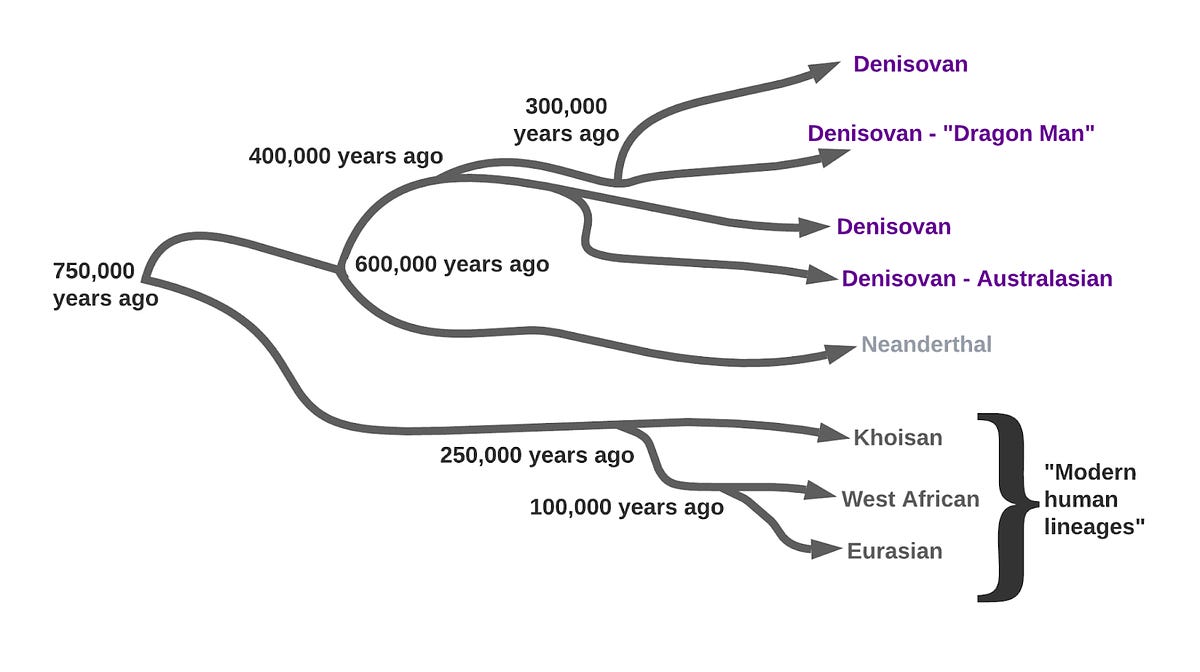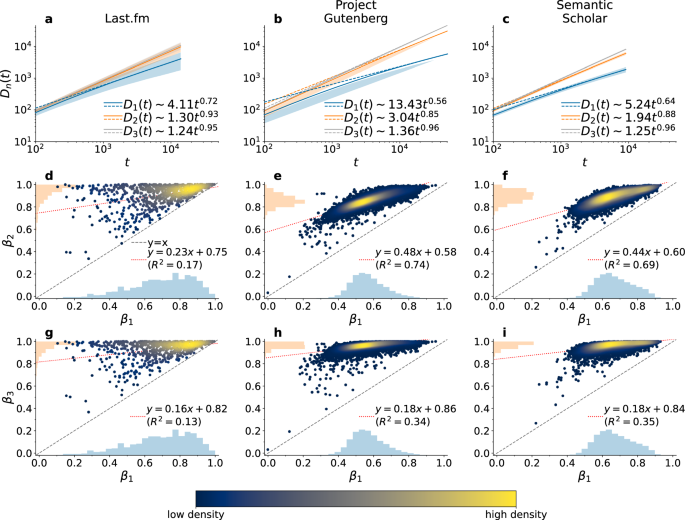
New Understanding of How Genetic Mutation Causes Huntington’s Disease
Study explains long-standing question of why Huntington’s disease symptoms typically do not appear until midlife even though patients are born with the mutation.
Analyses reveal that the repeated DNA sequence driving the disease expands slowly over decades in certain brain cells and then rapidly lengthens and kills the cell.
Findings offer new way to understand Huntington’s and other disorders involving abnormal DNA repeats and suggest a new treatment strategy.
For 30 years, researchers have known that Huntington’s disease is caused by an inherited mutation in the Huntingtin ( HTT ) gene in which a three-letter DNA sequence, C-A-G, is repeated at least 40 times. But they didn’t know how the mutation behind this fatal neurodegenerative disorder causes brain cell death, why only some brain cells die and not others, and why most patients develop symptoms only in middle age, after decades of apparent good health.
A new study published Jan. 16 in Cell helps answer these questions by revealing that the inherited mutation doesn’t immediately harm cells. Rather, the stretch of DNA remains innocuous but unstable for decades, the number of CAG repeats slowly rising in a specific type of brain cell until it reaches a tipping point, becoming highly toxic and quickly killing the cell.
















